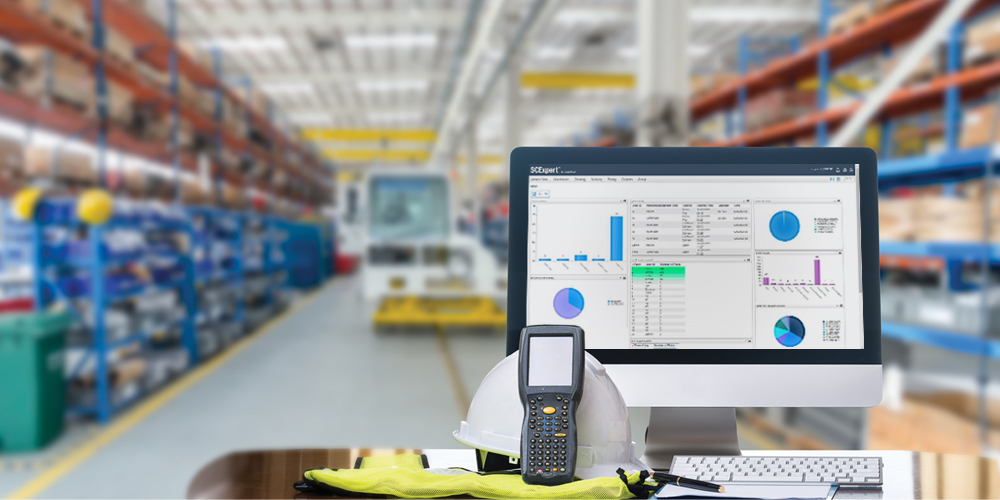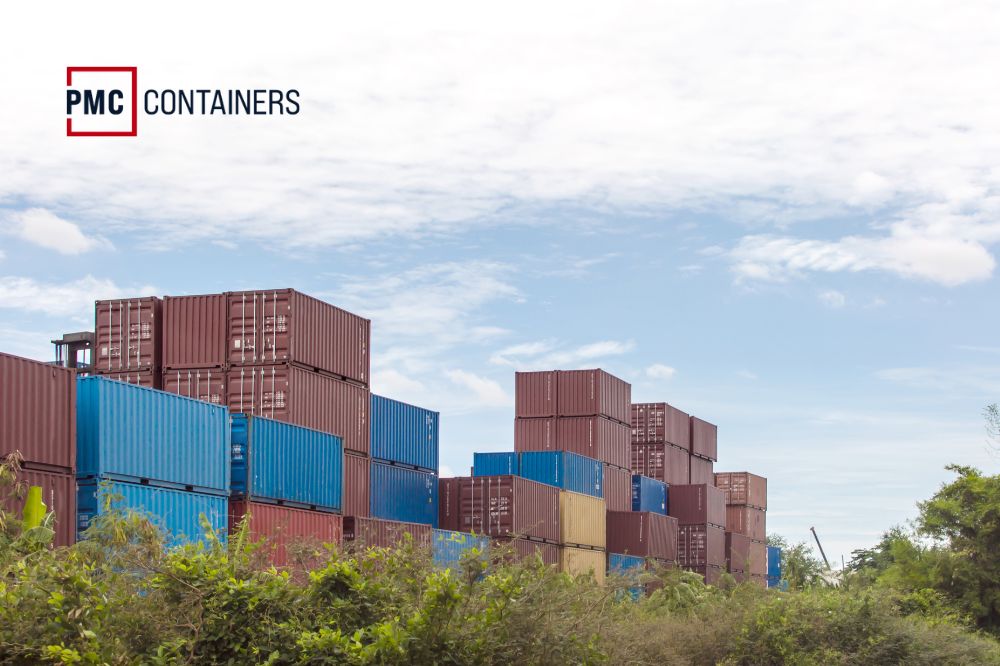A Guide to Build a Warehouse Management System

Businesses that handle logistics and inventory leverage online retail technologies to distribute products to clients globally. Implementing Warehouse Management Systems can offer business owners and end users everything they require to optimize space usage, manage stocks, streamline order management processes and inventory, and save money.
Warehouse Management Systems are a kind of software used widely in the retail and manufacturing industries as they track every good and product when they go out and come into the warehouse.
Warehouses generally have a large amount of inventory. From receiving inventory to packing and picking orders for shipment, warehouse work with tight deadlines. It can sometimes create a sense of pressure and urgency for the employees and warehouse managers and any damage or loss can lead to negatively impacting the reputation of the company and financial losses.
Therefore, how do you make sure that everybody in your company follows the right protocols and procedures to avoid potential situations that can result in a nightmare situation?
A Warehouse Management System is the answer. Businesses should invest in trustworthy warehouse management procedures to take the large burden of everyday warehouse work off the shoulders and maximize the space, labour investment, and equipment. So, whether you have a warehouse or a manufacturing unit, a WMS can be quite helpful.
Functions and Features of a Warehouse Management System
From getting goods to shipping them, WMS. Performs many tasks. Some of them include:
Order Management
It is a vital feature of WMS. You can get orders from different channels, like online marketplaces, and direct workers automatically to choose the correct products and efficiently pack them.
Inventory Management
A Warehouse Management System helps track inventory locations and levels so that the warehouse managers can prevent stockouts and optimize storage spaces.
Warehouse Optimization
With proper WMS software, businesses can optimize a warehouse’s layout and direct workers on efficient paths to go while moving goods.
RFID Tracking and Barcode Scanning
WMSs can also use RFID technology and barcode scanning to track products when they shift through the warehouse, guaranteeing precise inventory counts and decreasing the possibility of errors.
Integration with another system
You can also integrate it with some other systems in the company’s ecosystem to offer a holistic look at the complete supply chain.
Reporting and Analytics
Creating reports on different warehouse metrics, like worker productivity, order fulfillment rates, and inventory levels, offers valuable insight to enhance operations over time.
How To Develop Warehouse Management Systems?
With the help of app developers New York, we have made a comprehensive list of how you should create a superb digital product to handle your warehouse operations:
Evaluate Your Current Warehouse Operations
You should thoroughly evaluate your current warehouse operations. The process involves performing a complete analysis to recognize pain points, potential improvement areas, and inefficiencies within the present warehouse processes. Start by examining your everyday warehouse work, from getting and storing inventories to shipping and order fulfillment. You should also conduct brainstorming sessions to find out why you should create a WMS for the shipping company.
Choose A Reliable Logistics IT Partner
A complete evaluation process is vital when choosing a reliable WMS software development company Dubai to create a warehouse management system. Below are the main facers to consider when making a choice:
Research and Find Potential IT Partners: The partner should have experience creating logistics solutions. Look for ones who have a proven record in making solutions that meet your needs. Consider factors like the company’s industry reputation, size, and duration of its involvement within the logistics IT industry.
Ensure the Chosen Partner Offers Constant Updates and Support: A trustworthy partner must provide a solid, structured support plan and also be responsive to all problems that may occur post-implementation.
Assess the Expertise of Every Potential Partner: Review success stories client testimonials, and case studies related to their earlier warehouse management projects. Consider their solution’s compatibility with the existing business processes and tech stack.
By following the above steps, you will be able to make a well-informed decision while selecting a reliable logistics IT partner, guaranteeing an enduring and collaborative partnership that will contribute to your WMS success.
Solution Designing Stage
Your solution team should consist of business analysts, UX/UI designers, and solution architects, who will collaborate with you to set up the scope of the project and make a feature list for the upcoming WMS. While finishing the job, the experts will consider your specific business constraints and goals, including collaboration preferences, budget, and timelines. Ultimately, this team will offer you a cost estimate for the upcoming WMS project along with a proposal.
Discovery Phase
The team, in this phase, should outline the vital business processes, platforms that should be covered, third-party services, features list, and the most appropriate technologies for the WMS logistics solutions, amongst other things that were gathered previously as needed and requirements for the project. Moreover, the professionals should use the deliverables from the Discovery phase to make a detailed cost estimate for the project.
Integration and Development
The warehouse management software development company Dubai should follow an interactive approach and work on the projects in sprints. During every sprint, the experts should complete a particular amount of work.
The app developers New York should create the predetermined features in the WMS development process. The QA engineers will be responsible for testing the WMS project functionality until it is launched, guaranteeing that the work is completed in every sprint and is thoroughly tested. The back-end and font-end are simultaneously tested and the developers utilize the data to address every bug.
Maintenance, User Training, and Support
Once the WMS development is completed and the solution is launched, the warehouse staff can start training on how to use the solution provided along with the learning materials. Furthermore, considering the system’s functional complexities, you may require support and maintenance services. It means that the logistics software development crew does not stop working but continuously monitors the WMS system’s performance, gathers the feedback of the users, and adds new bug hunts or features.
The future of a Warehouse Management System looks quite promising. Various technological advancements like machine learning, artificial intelligence, and robotics can heavily influence this software development. Such technologies possess the potential to enhance warehouse efficiency, productivity, and accuracy, along with reducing costs and increasing customer satisfaction. Contact Rushkar Technology today if you want to build a WMS for your business.










